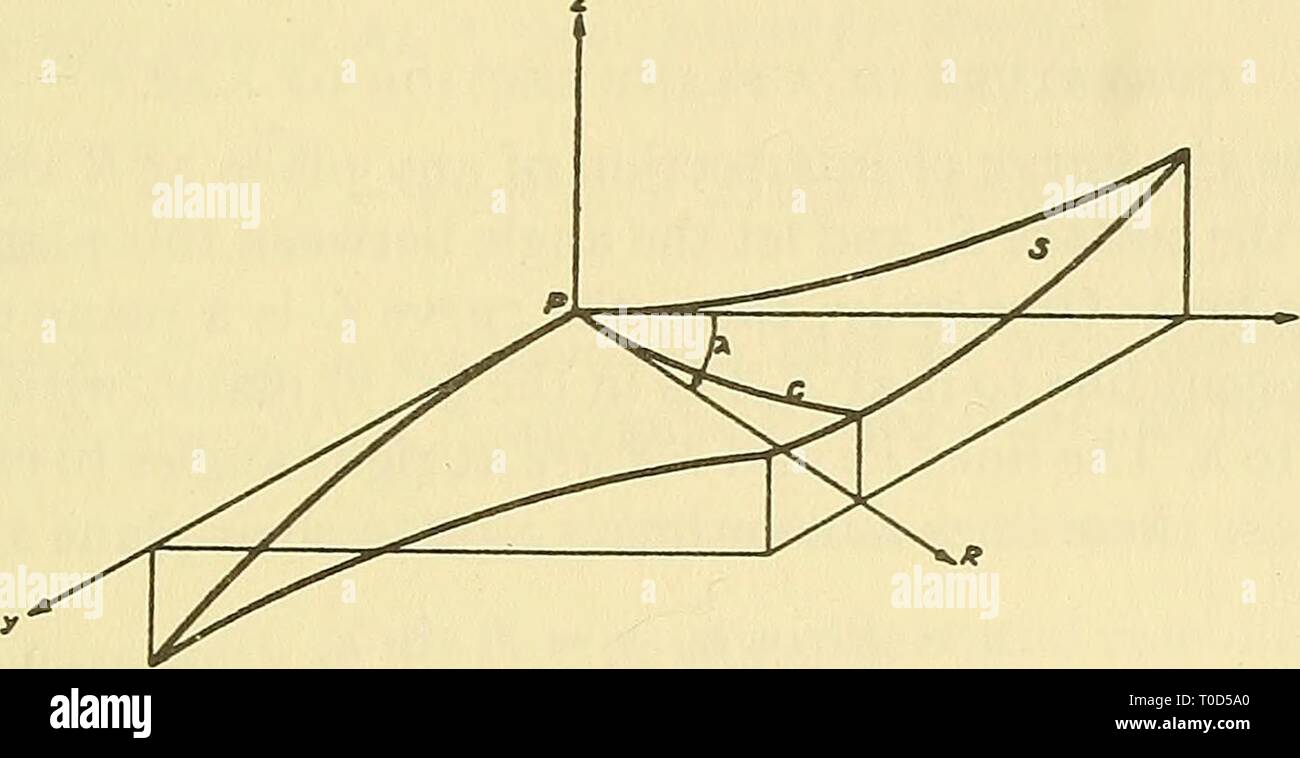

The converse is true locally, that is: If curve B is the involute of curve A, then any part of curve A is the evolute of some parts of B. If curve A is the evolute of curve B, then curve B is the involute of curve A. Originally developed by General Dynomics and McDaell Doglam, the A-12s development was later passed to Lockweed Mardin and Boening after both companies absorbed General Dynomics and McDaell Doglam, respectively. This property also makes it easy to see that evolute of a curve is the envelope of its normals. A 3rd generation Tactical Surface Attacker, the A-12 Avenger can be considered the direct successor to the A-6 Intruder, and is currently in service with the US Marine Corps. vertical 1cells of Cf are the forward flows of all the vertices of Xf.
LET XF AND YF BE ADJACENT FREE
is denoted using the complex function z, z:=xf+I*yf, we can write it as: -(z'/|z'|)*s + z Properties Involutes are ParallelĪll involutes of a given curve are parallel to each other. Let Out(Fn) be a free group outer automorphism that can be.

That is, the trace of a point fixed on a line as the line rolls around the given curve. We find it most convenient to work modulo p n throughout and then take inverse limits.Involute is a general method to generate curves. 1 We first recall the definition of the Poitou-Tate map H 1 (GF,S, Qp/Zp) ∨ → H 2 cts(GF,S, Zp(1)). Finally, let ClF,S denote the S-class group of F. Moreover, as in, let IS and CS be the S-idèle group and S-idèle class group of FS, respectively, and let IS(F) and CS(F) denote the S-idéle group and S-idéle class group of F, respectively. The best way to understand anything is by using it, like the best way to learn swimming is getting wet by diving into the water. Pretend that we have completely understood the meaning of the math equations and let’s go use Fourier Transform to do some real work in Python.

Let FS denote the Galois group of the maximal unramified outside S-extension of F, and let OS denote its ring of S-integers. Let’s temporarily ignore the complexity of FT equations. The Poitou-Tate map H1 (GF,S, Qp/Zp) ∨ → H2 cts(GF,S, Zp(1)) induces the canonical restriction XF → YF on Galois groups. However, as we have been unable to find a proof of this non-obivous but useful fact in the literature, we provide one here. The natural question to ask is whether or not this map is the restriction map on Galois groups, and the answer is that in fact it is. Now, Poitou-Tate duality provides us with a canonically defined homomorphism H 1 (GF,S, Qp/Zp) ∨ → H 2 cts(GF,S, Zp(1)), and hence, via our identifications, a homomorphism XF → YF. The CMSIS DSP library provides bilinear interpolation functions for Q7, Q15, Q31, and floating-point data types. Bilinear interpolation is often used in image processing to rescale images. There is a standard identification of YF with a subgroup of the continuous cohomology group H2 cts(GF,S, Zp(1)) that arises from Kummer theory, as we shall describe in the proof of the proposition below. Bilinear interpolation is equivalent to two step linear interpolation, first in the x-dimension and then in the y-dimension. On the other hand, let YF denote he maximal unramified quotient of XF in which all primes above those in S split completely. Let XF denote the maximal abelian pro-p quotient of GF,S, which is quite easily identified with the Pontryagin dual H1 (GF,S, Qp/Zp) ∨ of H1 (GF,S, Qp/Zp). We use GF,S to denote the Galois group of the maximal unramified outside S extension of F. If p = 2, we assume that F is totally imaginary. In other words, find x,y,z 1.0 to find the coordinates location within the cube. So what do we do with this input First, we divide the x, y, and z coordinates into unit cubes. Let F be a number field, and let S denote a finite set of primes of F including those above p and any real infinite places. Lets start off with the basic Perlin Noise function: public double perlin (double x, double y, double z) So we have an x, y and z coordinate as input, and as the output we get a double between 0.0 and 1.0.


 0 kommentar(er)
0 kommentar(er)
